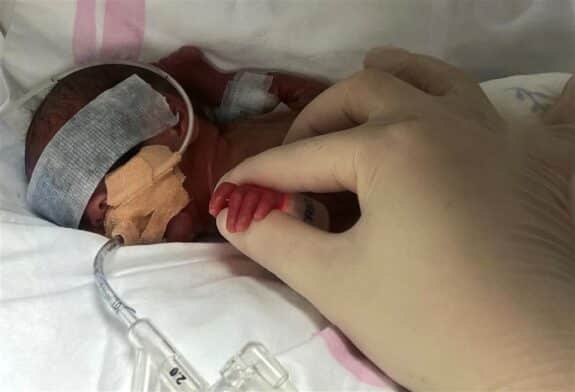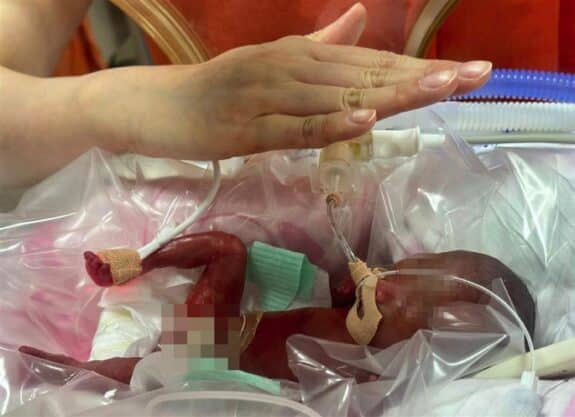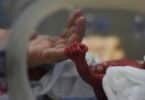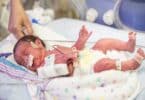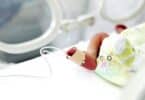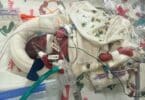The survival of babies born at 22 weeks has long been a challenge for the medical community, with global survival rates ranging from 0% to 37%. In China, the rate is just over 10%. Yet, a remarkable story of resilience unfolded this week when a baby girl, born at just 22 weeks and two days, was discharged from the hospital in Shanghai.
Delivered at the Fengxian branch of Shanghai International Peace Maternity and Child Health Hospital, the baby was in critical condition at birth and immediately transferred to the Children’s Hospital of Fudan University on July 27. At the time, she was no bigger than a cola bottle, and her fragile skin appeared translucent, resembling jelly.
Dr. Yuan Lin, of the newborn diagnosis and treatment center at Fudan University, explained the challenges facing extremely preterm babies born before 24 weeks. Their underdeveloped organs and systems—respiratory, circulatory, and nervous—pose a significant risk of multiple organ failure and death. Despite these odds, the medical team in Shanghai took on the task of saving this tiny baby.
The team developed a meticulous treatment and care plan, addressing every detail of the baby’s needs. Advanced monitoring and care ensured her suvival during the critical early days.
In addition to medical interventions, the hospital encouraged “kangaroo mother care,” between the mother and baby. This skin-to-skin technique not only enhances the baby’s physical development but also strengthens the parents’ confidence and emotional bond with their child.
The hospital actively promotes kangaroo care for all preterm babies with very low birth weights, recognizing its profound impact on their recovery and growth.
Over nearly five months, the baby overcame numerous health challenges. With care, she eventually reached the milestones required for discharge: independence from respiratory support, healthy milk intake, and a weight of 2.74 kilograms.
Her journey, however, doesn’t end here. The hospital’s team will continue to provide comprehensive follow-up support, including regular evaluations to monitor her progress. Doctors are optimistic about her future, believing she will catch up developmentally with her peers by the time she turns one.
A Triumph of Medicine and Hope
This baby’s survival is not just a testament to medical innovation but also a symbol of hope for families facing similar challenges. With a survival rate of 30% for actively treated babies born between 22 and 28 weeks, this case highlights the critical role of advanced neonatal care, precision medicine, and parental involvement in saving the most vulnerable lives.
More Amazing Stories:

